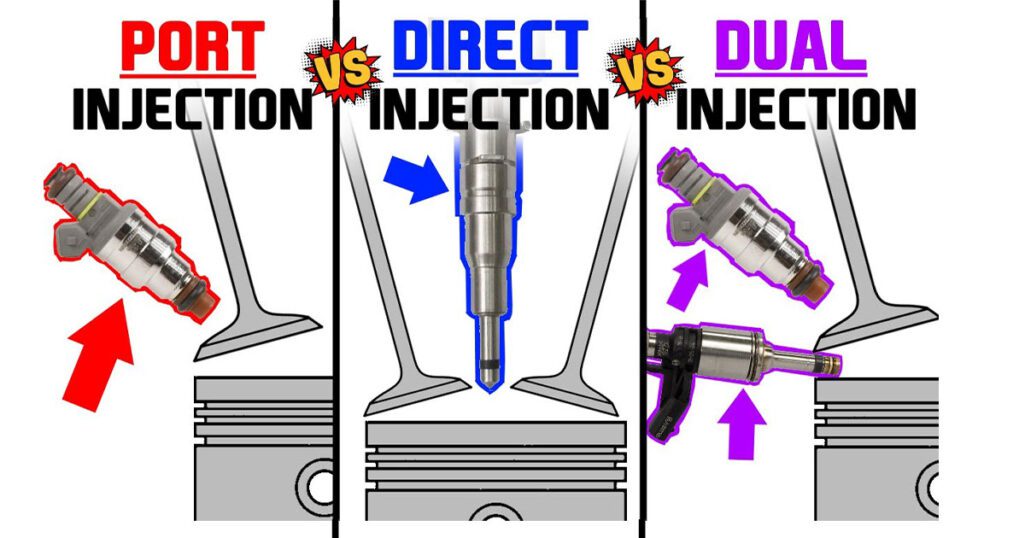
Everyone knows that engines have evolved significantly over time. Fuel injection systems for gasoline engines are one of these developments. When it comes to the distribution method of gasoline, direct and port are two distinct choices.
What’s the difference between Direct and Port injection?
The difference is how they atomize and inject the fuel into the combustion chamber. Direct Injection injects the fuel directly into the cylinders, Port Fuel Injection injects the fuel into the port outside the cylinder, and the dual injection system uses a combination of both.
To assist you in knowing how these systems work, we’ll go through the benefits and downsides of both direct injection and port fuel injection and how the dual system is adding both techniques.
Direct Fuel Injection

Unlike port injection, which injects gasoline into a pre-combustion chamber or intake manifold, direct injection injects gasoline straight into the engine’s combustion chamber.
Using this method of delivering fuel leads to improved performance since it is more efficient and cleaner to burn. Emissions are also reduced, and this technology increases efficiency by up to 10 percent.
Advantages of Direct Fuel Injection

More Fuel Efficient
When it comes to improving your car’s gas mileage, the best solution is direct injection fuel systems. These systems inject the fuel directly into the engine, which means less wasted energy and more miles per gallon. It is a cleaner-burning process, which is good for the environment.
Higher Performance
Due to its fine atomization of the air-fuel mixture, direct injection produces more power than other systems because it allows for greater control over ignition timing and air/fuel ratio.
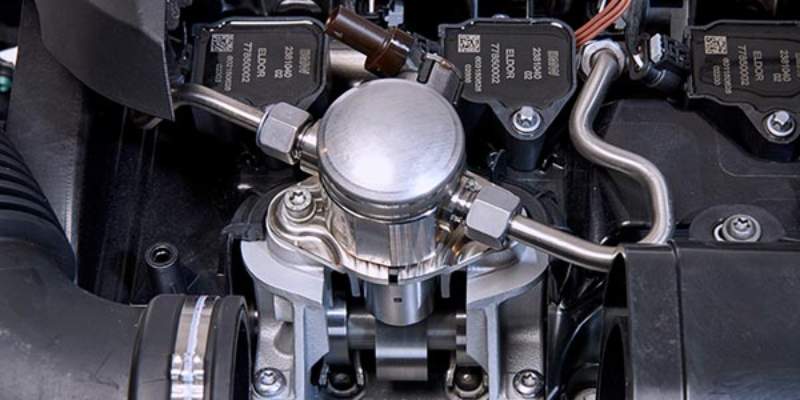
Less Maintenance Needed
It is more efficient and requires less maintenance to use direct injection engines rather than port fuel injection engines. You’ll save money in the long run because your engine will last longer this way.
In addition to being less expensive to maintain, it is also simpler to use. Because direct injection does not require fuel passage through valves, you won’t have to be concerned about gas leaks or clogged valves.
Less High-Pressure Components
This is the most recent advancement in fuel injection. It is more dependable and efficient than ever before since it has fewer high-pressure components that are subject to failure.
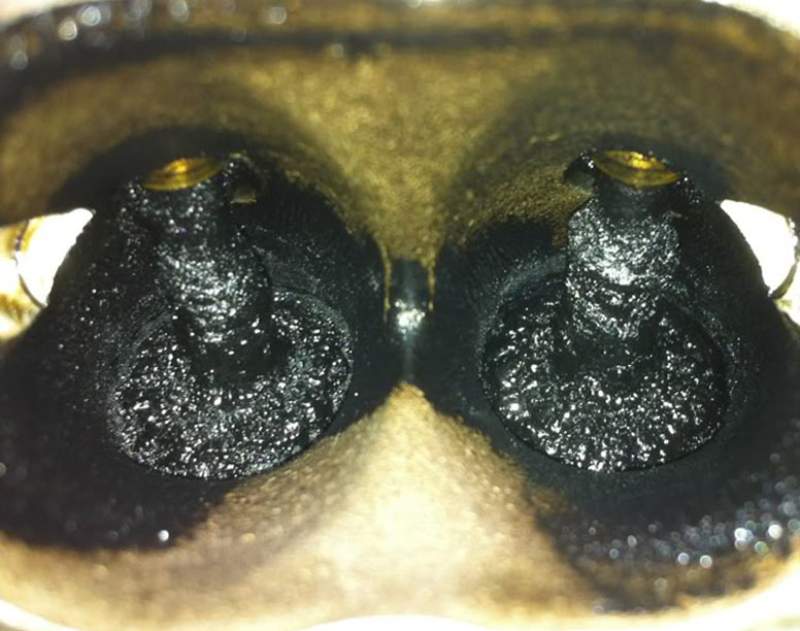
Disadvantages of Direct Fuel Injection
- Injectors will wear out quickly because they’re continuously being utilized.
- Using a high-pressure pump to supply high-pressure gas to the Injectors will cause it to malfunction over time.
- Too much air in the fuel mixture might prevent the engine from starting.
- Valve and piston difficulties can be caused by carbon buildup over the intake valve due to the lack of gasoline passage through it, leading to a host of issues.
- More complex system.
- Poor vaporization at high RPMs.
Port Fuel Injection

Fuel is injected directly into the engine’s intake ports via port fuel injection. The intake manifold receives the gas and distributes it to the cylinders that require it through separate runners or ports.
Although the port fuel injection concept was first patented in 1927, further research was stopped during World War II due to a shortage of metals. Starting with 1949 Cadillacs and Oldsmobiles, General Motors used their own version of this technology that they created after WWII.
Advantages of Port Fuel Injection
The air/fuel mixture is more stable
Port Fuel Injection (PFI) delivers a better and more consistent air/fuel mixture at lower engine speeds. These changes imply that power is available when needed rather than only during high-speed acceleration.
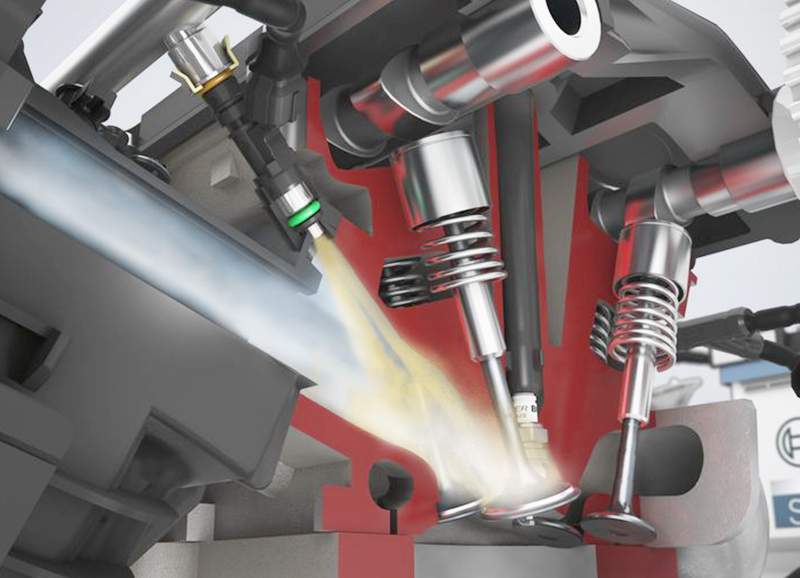
Lower Emissions
Up to 40% more hazardous emissions can be reduced via port fuel injection. Internal combustion engines are equipped with a fuel injection system that injects gasoline into the intake port before the throttle body rather than straight into the cylinders of the combustion chambers. Improved atomization and air mixing enhance efficiency and decrease emissions compared to direct injection systems.
Inexpensive
Port injector systems are a great option if you want to boost your car’s performance without spending a lot of money. A less expensive alternative to Direct Injection. This injection technique is also more dependable and cleaner than the alternatives.
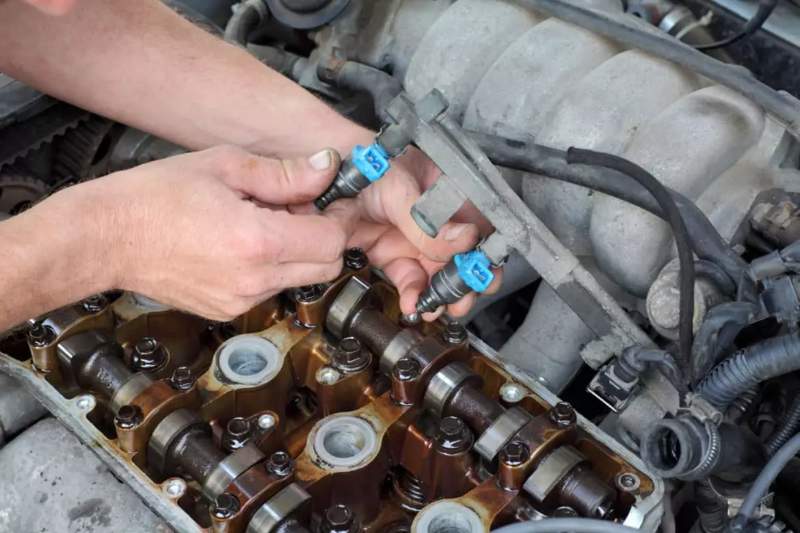
Improved combustion efficiency
As compared to Direct Injection, Port Fuel Injection is more efficient in terms of combustion. Drivers looking for the best of both worlds may save money on fuel while still enjoying the finest possible driving experience.
Compared to Direct Injection, its benefits include better cold starting and less flooding and vapor lock danger during hot weather.
Disadvantages of Port Fuel Injection
- Increased mechanical complexity due to the increase in the number of parts, including pumps and valves.
- Increased weight due to the addition of extra equipment on top of the engine.
- Because not all of the air entering the combustion chamber can be utilized, efficiency is slightly reduced.
- No matter how well-lubricated or updated the seals surrounding the valve stem are, they might leak oil.
- Tuning is more complex than direct-injection systems because there are fewer variables, such as injection timing and dwell time, to work with.
Dual Fuel Injection

So in order to combat the drawbacks of both port and direct injection systems, car manufacturers decided to combine both port and direct injection into one setup known as the dual fuel injection.
Interestingly, combining these two systems adds the advantages together, but it gets rid of all the drawbacks.
The only disadvantage of this system is the increased number of moving parts and the increased production costs.
How does a dual fuel injector work?
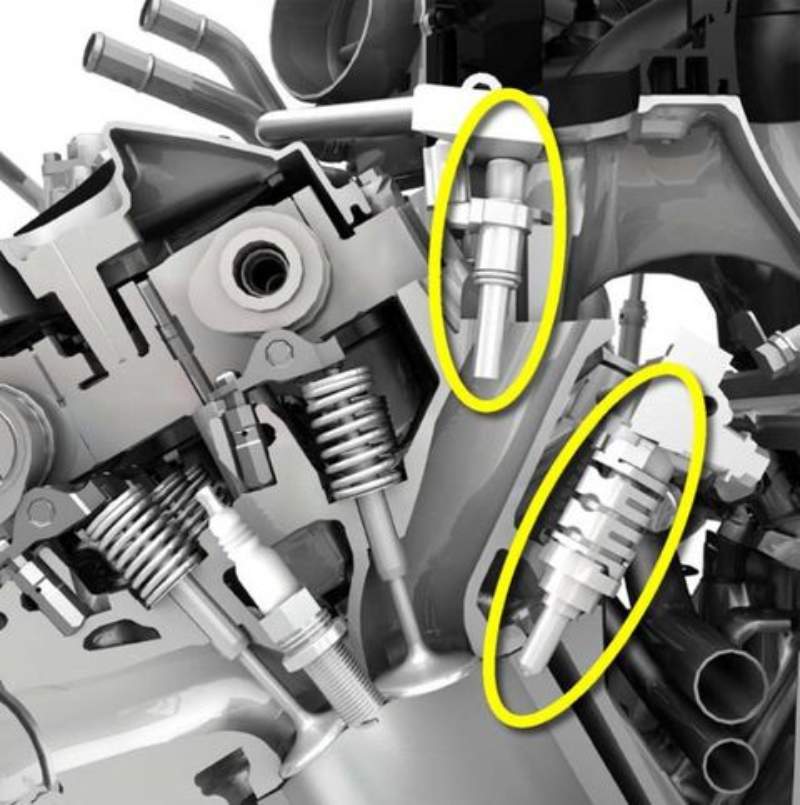
At low RPMs, the system will rely mainly just on the port fuel injector that provides a better air-fuel mixture. This means that the engine will gain all the port fuel injection advantages.
However, as the RPM increases, the direct injector steps in, and the port injector stops. This increases the combustion efficiency since the direct injection system is faster at higher RPM and could perform better.
When the RPM increases more and more, and the direct port injector is not capable anymore of providing enough fuel at such high speed, the port injector will be there to help. Both injectors will be working together at high RPMs to supply the cylinder with the needed amount of fuel.
Conclusion
As we have seen, both the port and direct injection systems have their uses, advantages, and disadvantages; a dual system is a combination of both.
A dual injection system is a successful development of the injection system that tries to combine the advantages of both systems but at the same time eliminate all the drawbacks.
For this reason, more and more automakers are implementing dual fuel injection systems in their newly produced engines.
What do you think of this system? Do you think that dual fuel injection will be the future of fuel injectors and will replace both direct and port systems? Please share with us your thoughts on the topic.

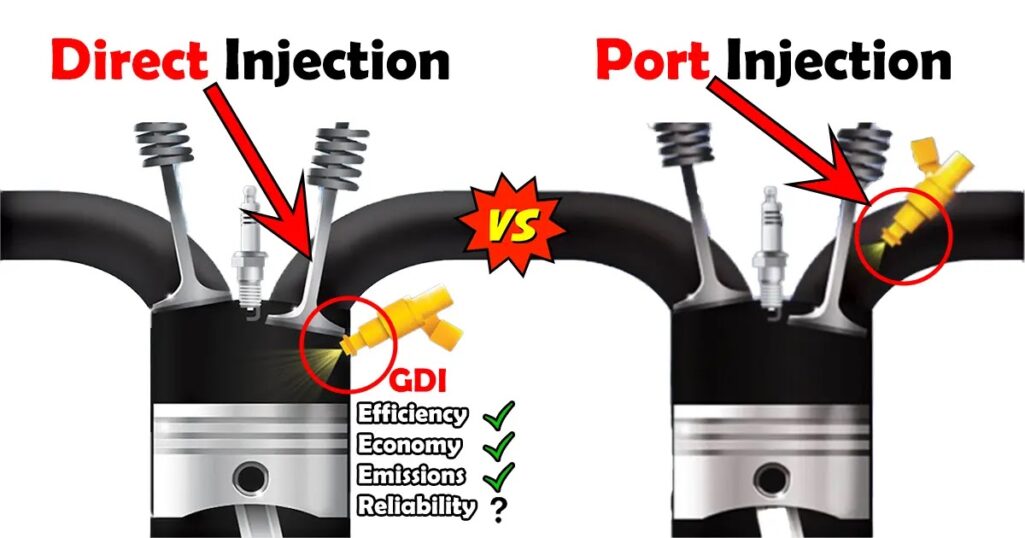



So the one of the advantages of direct injection is lower emissions and one of the advantages of port injection is also lower emissions?